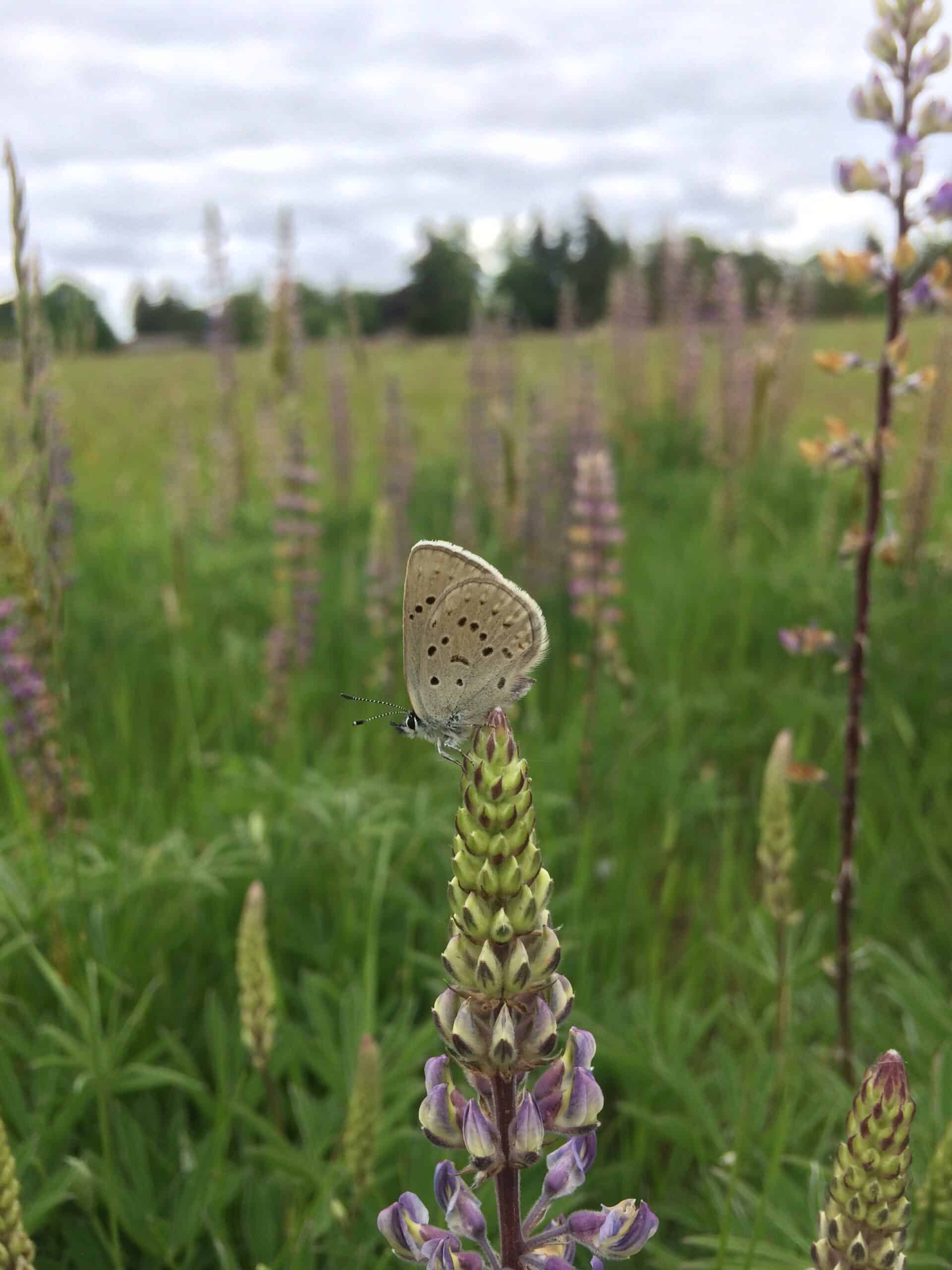Share this article
Synchronicity in Wildlife: When All of Nature Aligns
Complex theories of synchronicity used to explain certain phenomena in physics now have been applied to wildlife patterns in an attempt to better understand how climate change and other factors that affect broad habitats interact with smaller, more localized issues such as the spread of disease or an invasive species.
“We now have a much better understanding of what makes things go into synchronicity over larger spatial distances,” said Alan Hastings, a distinguished environmental science and policy professor at the University of California Davis and senior author. Other authors of the study published recently in Nature Communications were Andrew Noble of UC-Davis and Jon Machta of the University of Massachusetts.
The concept can be compared to what happens when magnets become magnetized. “Small magnets, on a molecular scale, line up on very small levels to make a larger effect,” Hastings said in a phone conversation.
Although what causes magnets to gain power when aligned isn’t always completely clear, the phenomenon is called alignment, and Hastings said that a similar thing can be seen in ecological settings. It may be related to the ways that fruit trees have boom or bust years — all seemingly in tangent — or it could be the reasons why some diseases are so successful in suddenly decimating wildlife populations after years of relative calm.
Hastings explains the phenomena using voles. Young voles stay in their nest until just before reaching sexual maturity, when they get evicted to find a new place to call home.
“They get kicked out of the nest and have a typical distance they travel,” said Hastings in a release. But he said that the populations naturally decrease and increase over much larger distances than should be affected by the movements of individual voles, which can carry disease or incrementally increase populations in small groups nearby. “The [synchronicity] effect on the voles is happening much farther than that individual vole travels in his lifetime.”
Hastings said that regardless of why this effect occurs, understanding how synchronicity can apply to ecology could be important in terms of understanding larger patterns that affect wildlife conservation and management. For example, it could allow biologists to better understand factors that trigger plagues of insects or outbreaks of disease such as white-nose syndrome in bats, the comeback of tuberculosis through badgers and cattle in the United Kingdom or the chytrid fungus tearing through amphibian populations.
”Improving our understanding of models that describe how things go into synchrony over long distances is very important for understanding population dynamics,” Hastings said.
Header Image:
A bank vole at the British Wildlife Centre in Newchapel, Surrey, United Kingdom. A new study finds that the way some vole populations ebb and flow could be due to synchronicity — a phenomenon in physics that causes magnets to align, among other things.
Image Credit: Peter Trimmings








